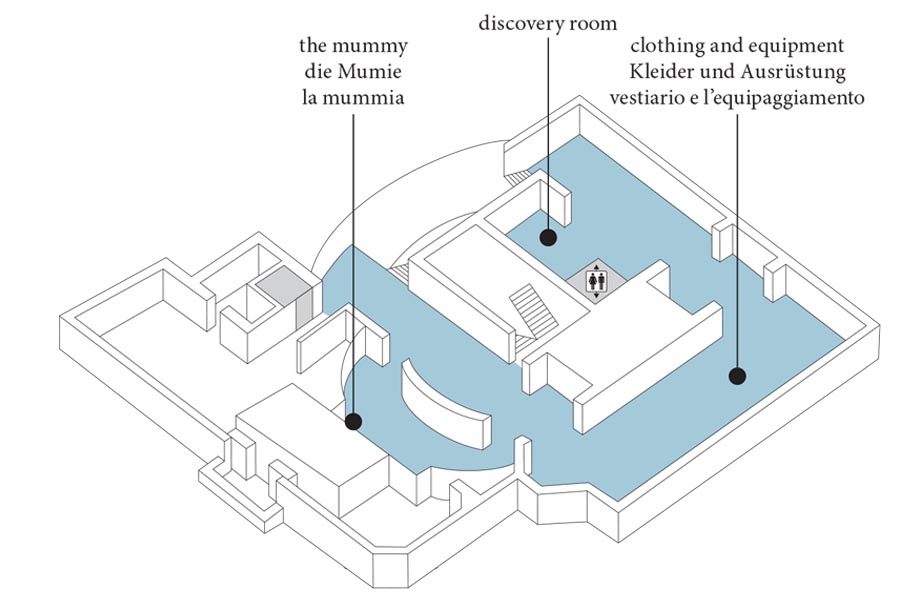This website uses Matomo to collect anonymous information such as the number of visitors to the site and the most popular pages, uses the following additional marketing and profiling cookies:
Please enable Strictly Necessary Cookies first so that we can save your preferences!
Show details
| Name |
Provider |
Purpose |
Expiration |
|
mailpoet_page_view
|
www.iceman.it
|
for newsletter form
|
365 gg
|
|
mailpoet_subscriber
|
www.iceman.it
|
mailpoet newsletter subscriber
|
365 gg
|
|
moove_gdpr_popup
|
www.iceman.it
|
to store cookie consent preferences.
|
365 gg
|
|
mtm_cookie_consent - mtm_consent_removed
|
Matomo
|
when you’re asking your users for consent
|
30 y
|
|
_pk_id
|
Matomo
|
used to store a few details about the user such as the unique visitor ID
|
13 m
|
|
_pk_ses, _pk_cvar, _pk_hsr
|
Matomo
|
short lived cookies used to temporarily store data for the visit
|
30 minutes
|
|
_pk_testcookie
|
Matomo
|
used to check whether the visitor’s browser supports cookies
|
is created and should be then directly deleted
|
|
matomo_sessid
|
|
It is important to note that it doesn’t contain any data used to identify visitors and is considered an “Essential” cookie
|
14 gg
|







